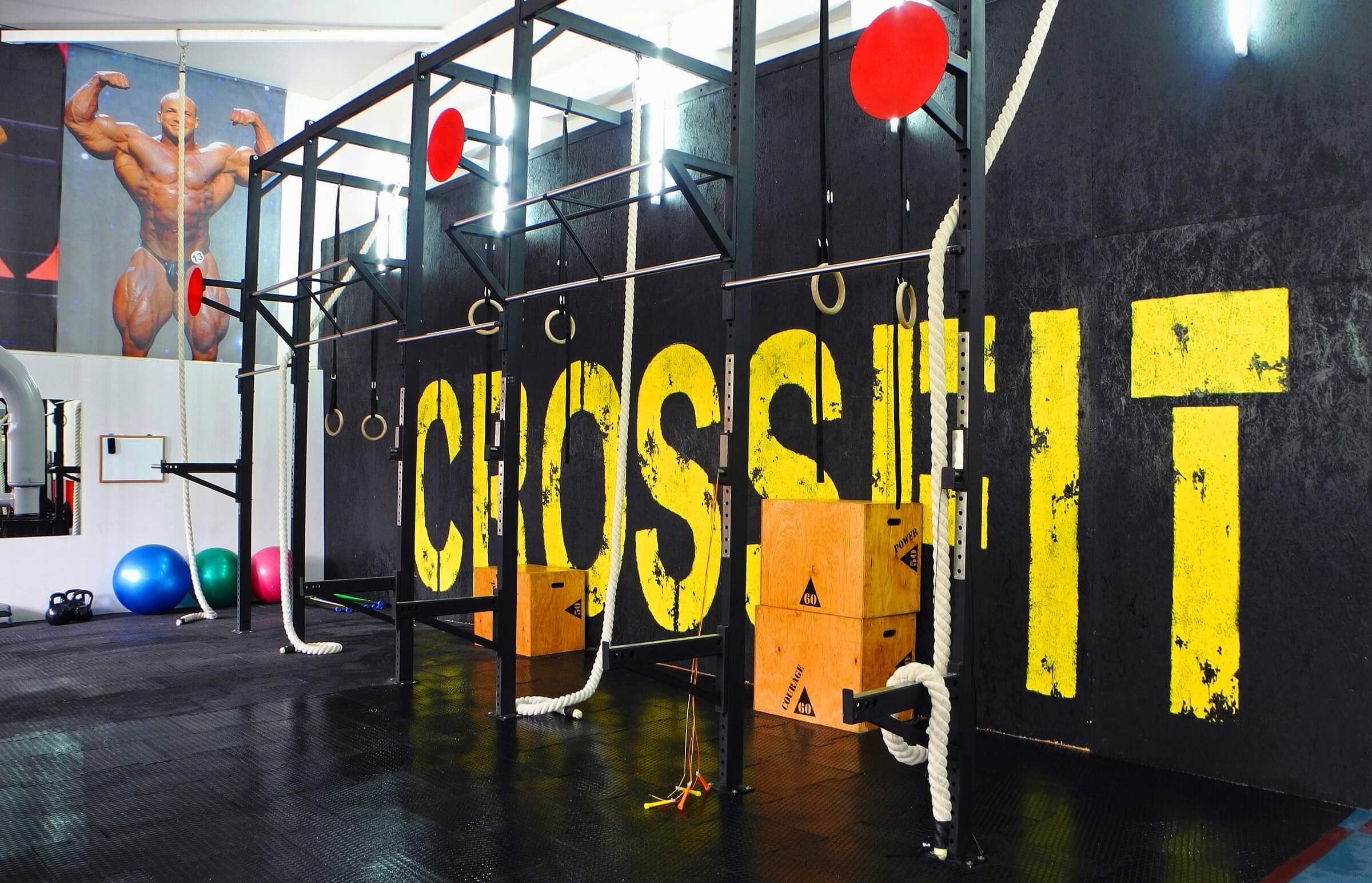History of CrossFit
The turn of a new millennium in 2000 meant the introduction of a new sport, CrossFit. If it were not for the man, Greg Glassman, many of the sport’s fans might not have known it as it is today. However, this story starts a few years before the name CrossFit came to be.
Where it Began
Greg Glassman trained as a gymnast in his teenage years. At the time, most of his colleagues used bodyweight exercises to reach their goals. However, the man wasn’t satisfied with this way of working out. He wanted more strength. Soon, he started using dumbbells and barbells to push to his intended purpose. Glassman had another hobby, cycling with his friends. This contributed to his overall exercises, and he realized he was getting fitter plus stronger.
The CrossFit Ritual
Other gymnasts were specializing in specific areas, and some were way better than Glassman. However, thanks to his diversification, very few were as good across different areas. The gymnast realized that he could outshine his friends who only went for weightlifting or cycling and override his cycling group.
This brought up a question that changed his life; what does one sacrifice by pursuing expertise? The answer introduced CrossFit’s heart principle. It is not about mastery of one practice but embracing the idea of being a jack of all trades. This way, athletes can expand their capacities in different modal domains and across broad time.
CrossFit trainees focus on ten physical qualities: strength, stamina, respiratory  endurance, power, flexibility, agility, balance, coordination, accuracy, and speed. Today, even amputee athletes embrace CrossFit in their training rituals because of its overall success.
endurance, power, flexibility, agility, balance, coordination, accuracy, and speed. Today, even amputee athletes embrace CrossFit in their training rituals because of its overall success.
In an overview, CrossFit borrowed these qualities from Dynamax’s Bruce Evans and Jim Crawley. The two were medicine balls’ founders. The difference is that in CrossFit, athletes achieve these qualities through movement diversification assisted by disciplines such as weightlifting, gymnastics, high-intensity workouts, and sprinting.
A Community Concept
Glassman started designing workouts in the early 1990s. By 1995 he could open a gym in Santa Cruz. Classes began with intense gymnastics and later included calisthenics. It was not long before Glassman landed a job training the Santa Cruz Police Department. This is when he realized that he could merge two clients in one training and still get a significant increase in profits per hour.
At the same time, he was extra busy, often getting overbooked. The community concept became a win-win situation. Two or more clients often enjoyed being trained together, and Glassman could make more.
In 2000, Glassman officially founded CrossFit, with the first affiliate in Seattle. The sport concept spread like wildfire. By 2012, over 3,400 affiliates had spread across the world, with people picking up CrossFit as a sport and a part-time fitness program.

